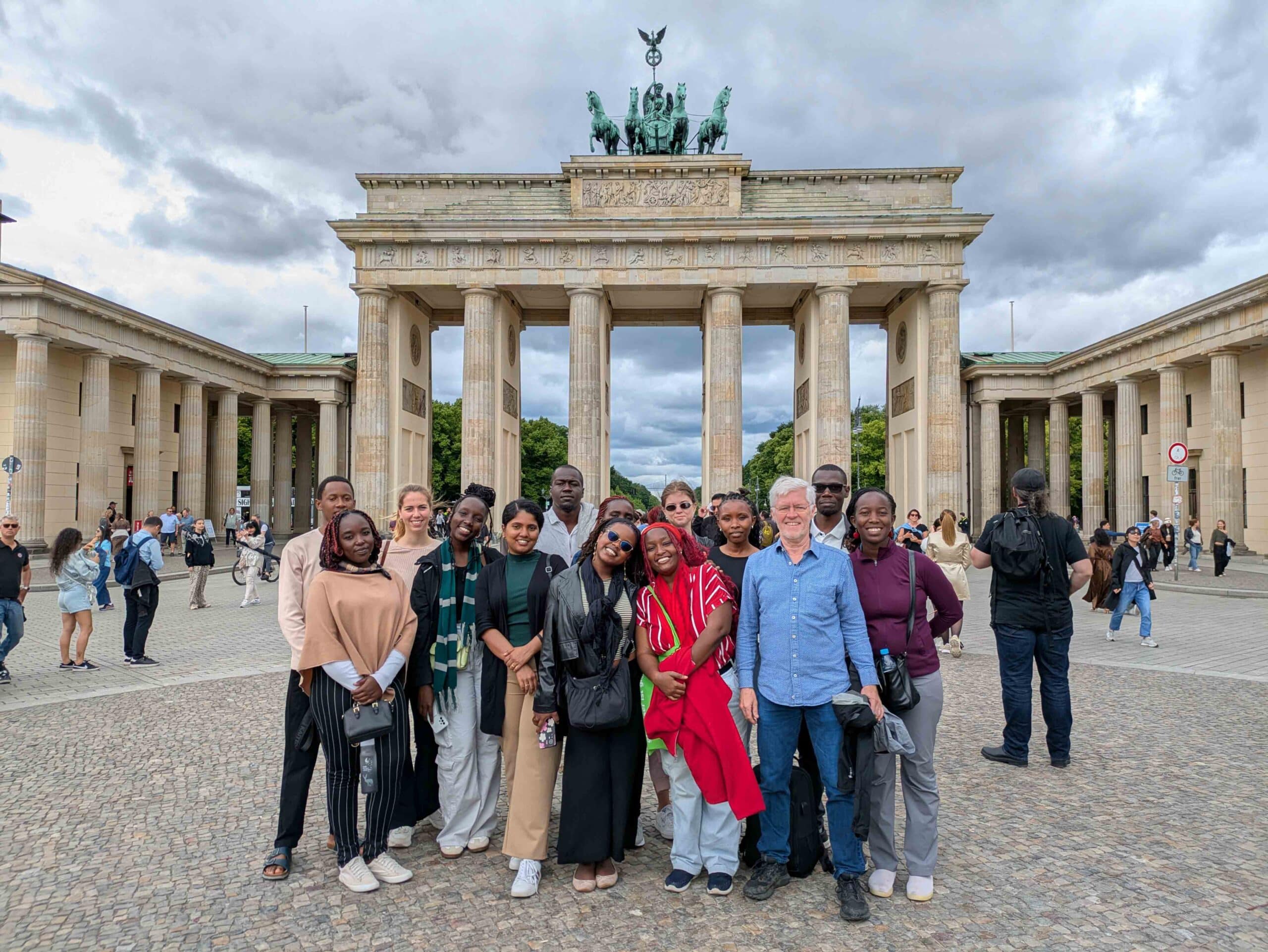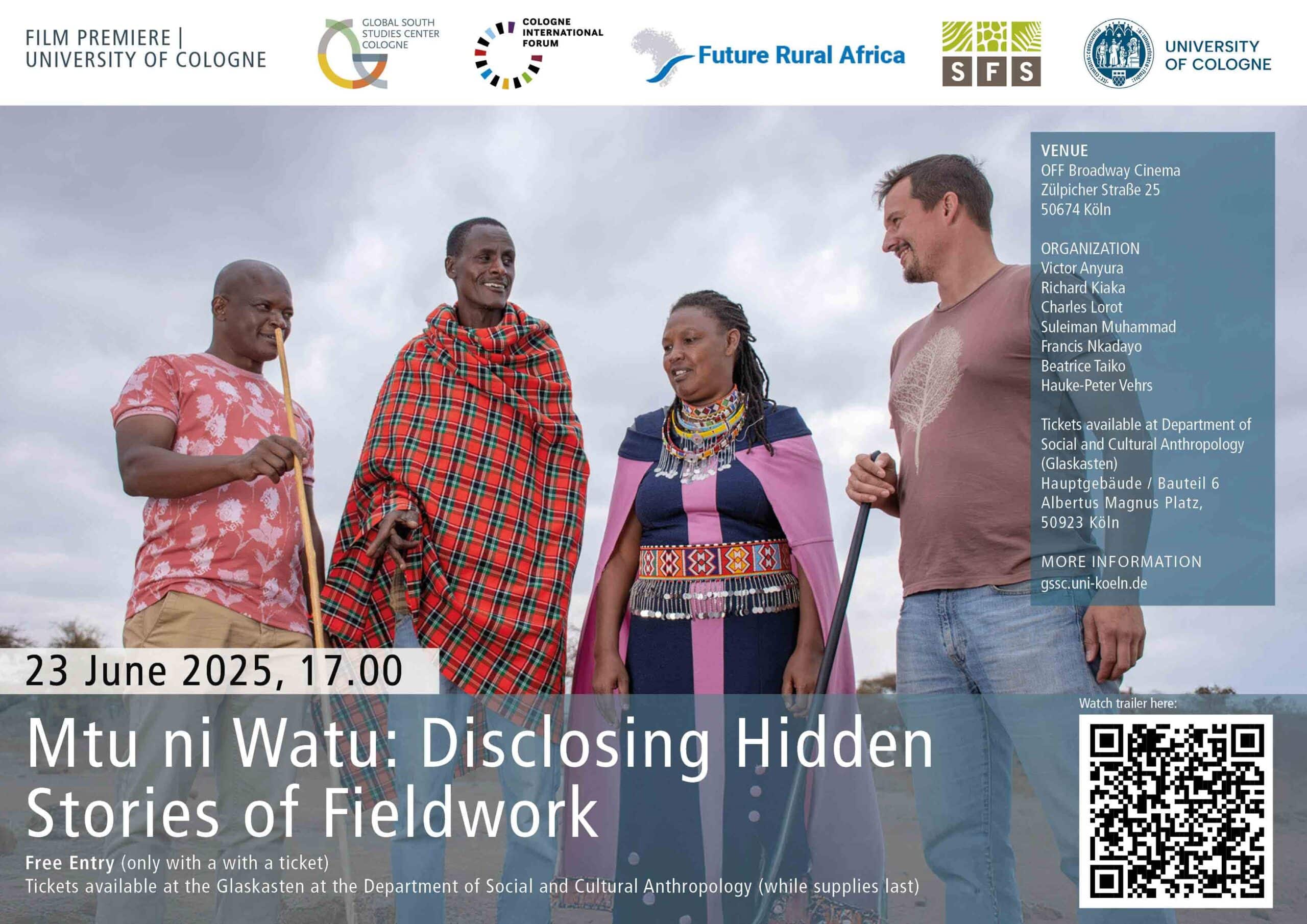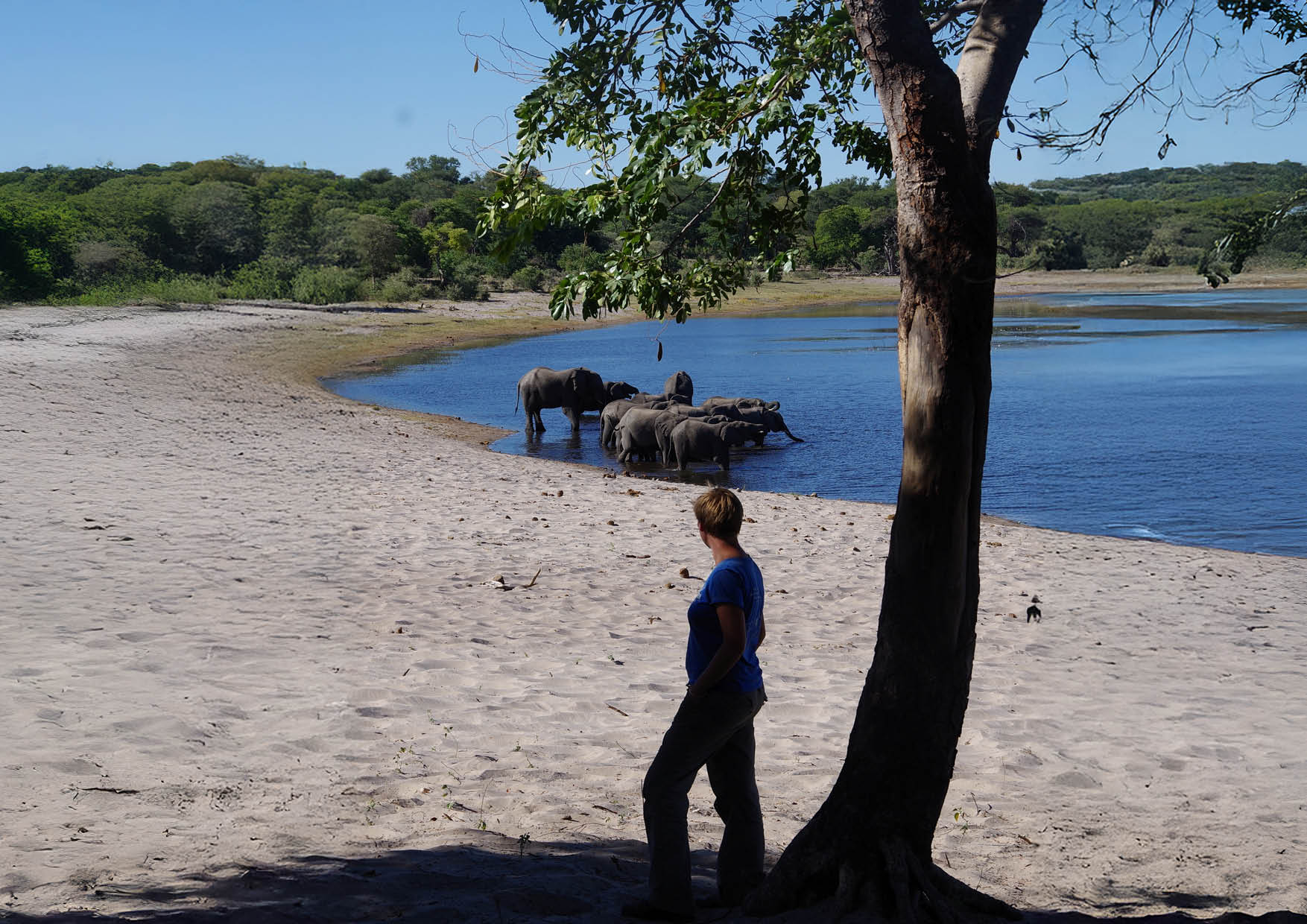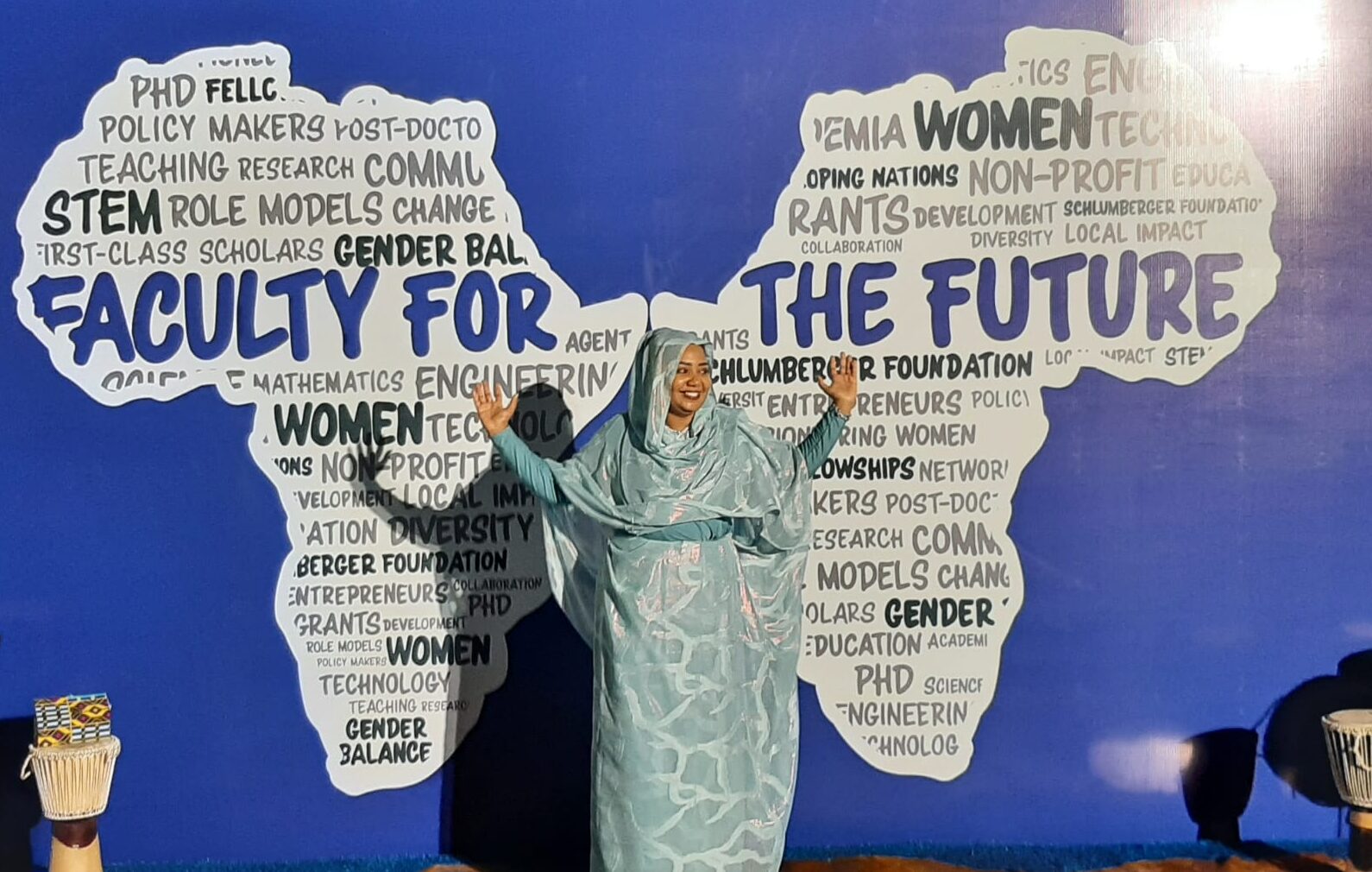By Wisse van Engelen (Project A04 Future Conservation).
Disease transmission is an often overlooked form of human-wildlife conflict, yet animal diseases and veterinary interventions often mediate human-wildlife relations.
As part of my PhD project, I made a short film about a foot-and-mouth disease (FMD) control intervention that shows its entanglement with humans and wildlife.
The Southern Buffalo Fence zooms in on one of the four ‘buffalo fences’ in Botswana that aim to separate buffalo and livestock. Built at the edge of the Okavango delta, this fence is designed to protect neighbouring communities from incursions by African buffaloes – an inhabitant of the delta and maintenance host of FMD.
The short film centres on the accounts of two veterinary officials and a farmer, who tell the story of why the fence was built and what has happened to it since. They describe the challenges the fence currently faces and explain what is at stake.
The short film was made together with Jeroen van Rooyen, Raymond Kandjou, Joel Kangootui, Arnold Maekopo, Laszaro Olefile and Daan Duurland. I wish to thank them and the interviewees, Odireleng Idy Thololwane, Dr. Letlhogile Modisa and Mr. Kambombomjo Kauee, the European Research Council, the Botswana Department of Veterinary Services and the Botswana Ministry of Environment and Tourism for their contributions and permissions/approvals.
A version of the short film with Setswana subtitles can be found here.






